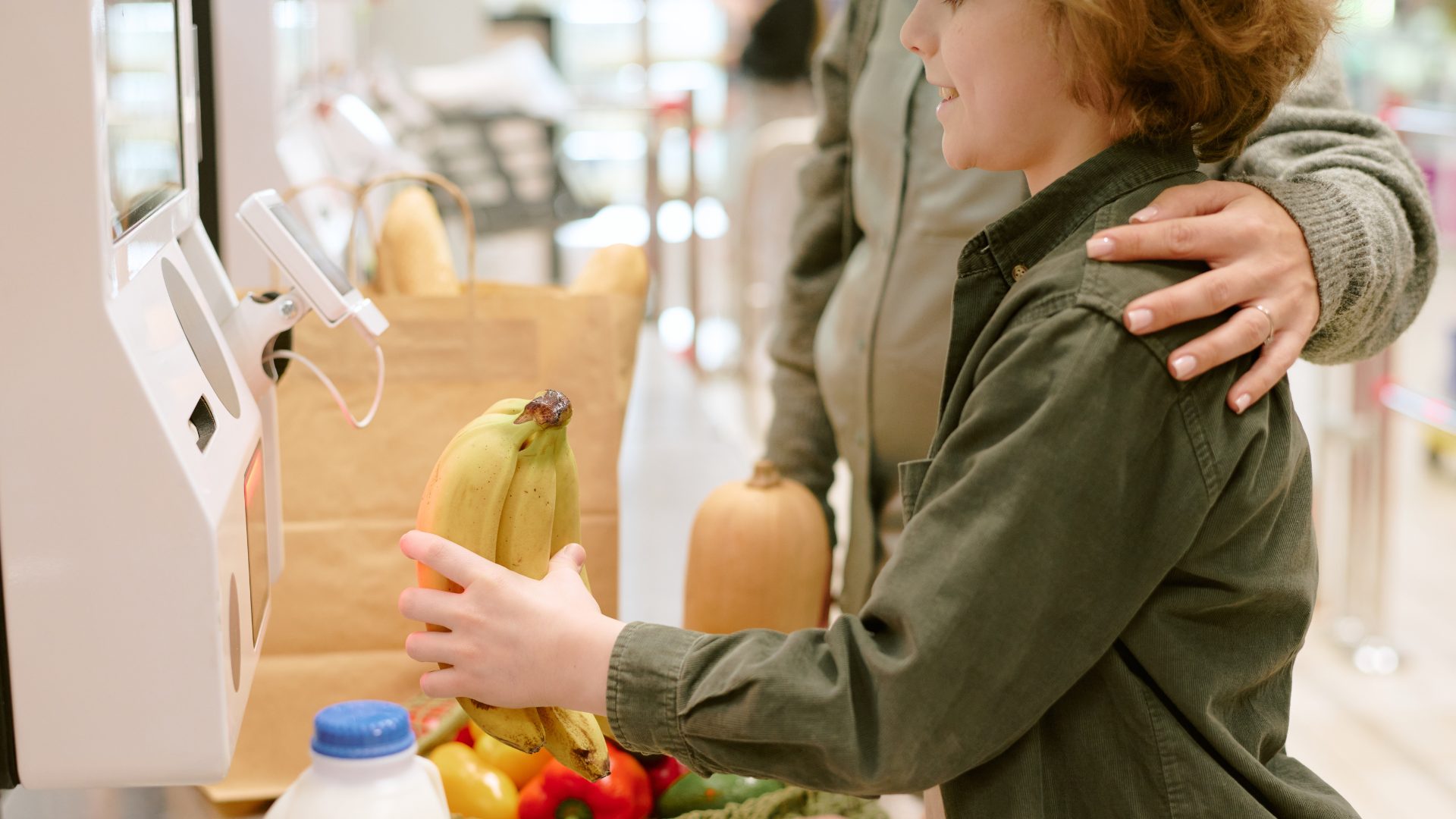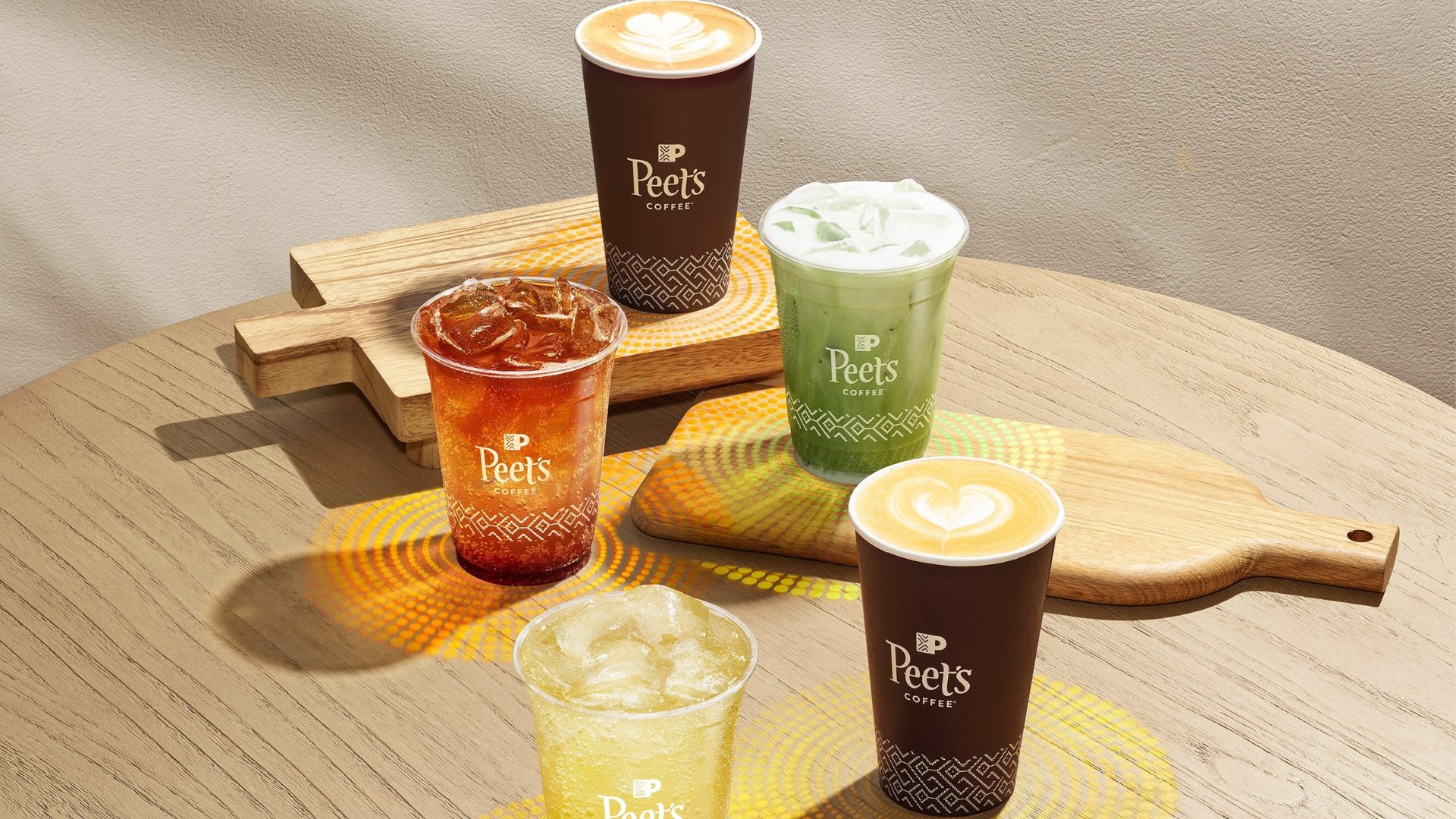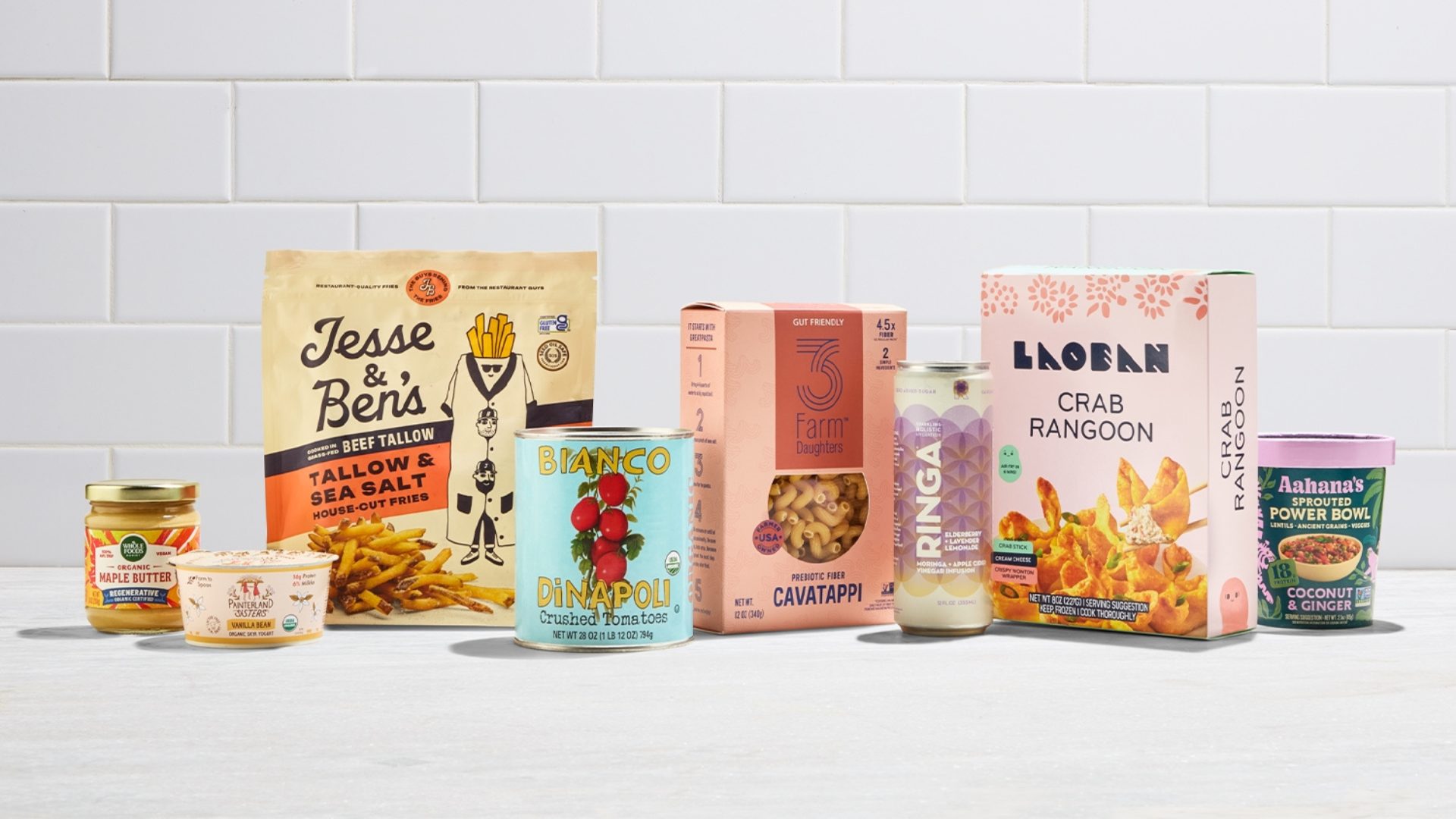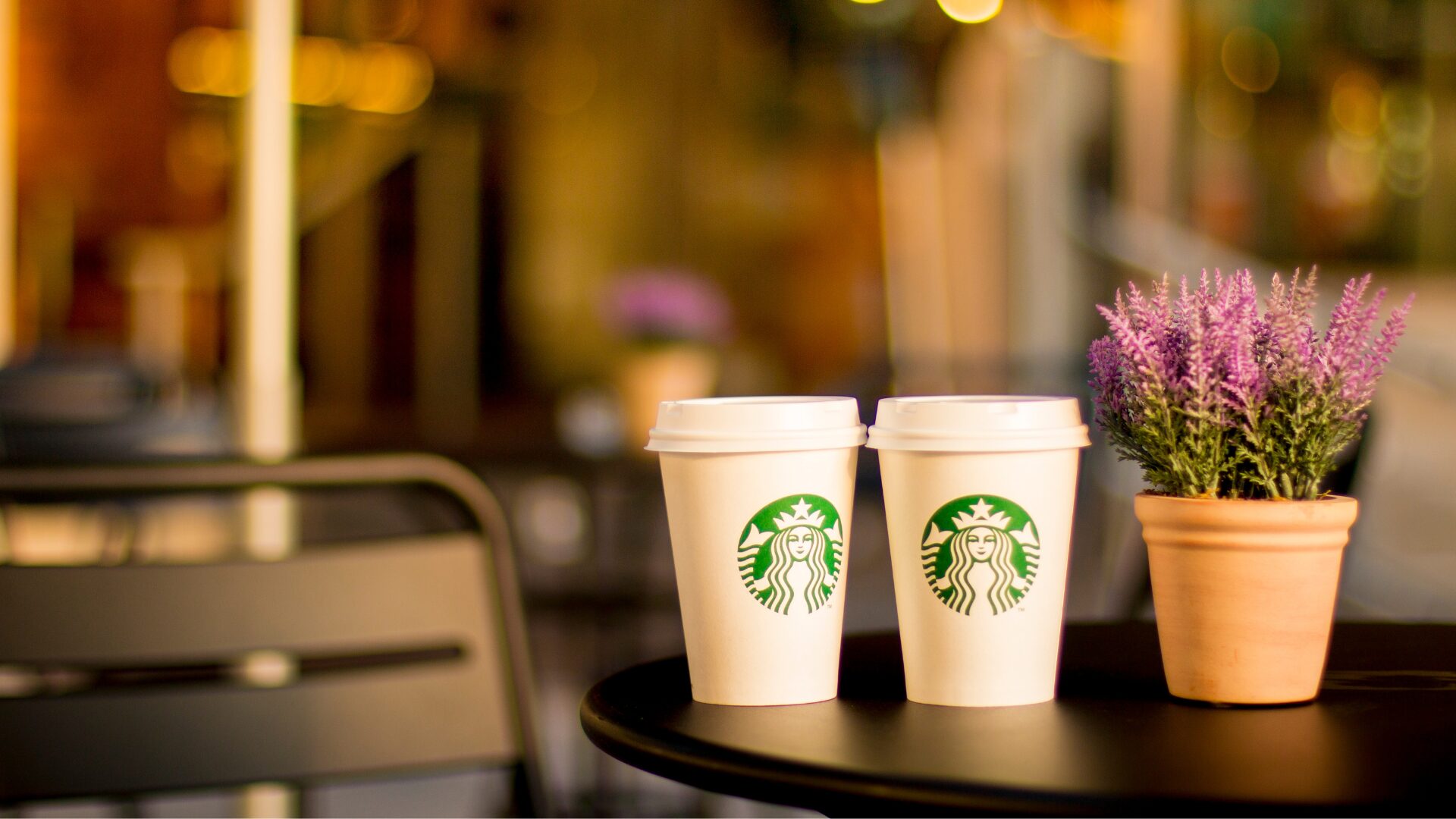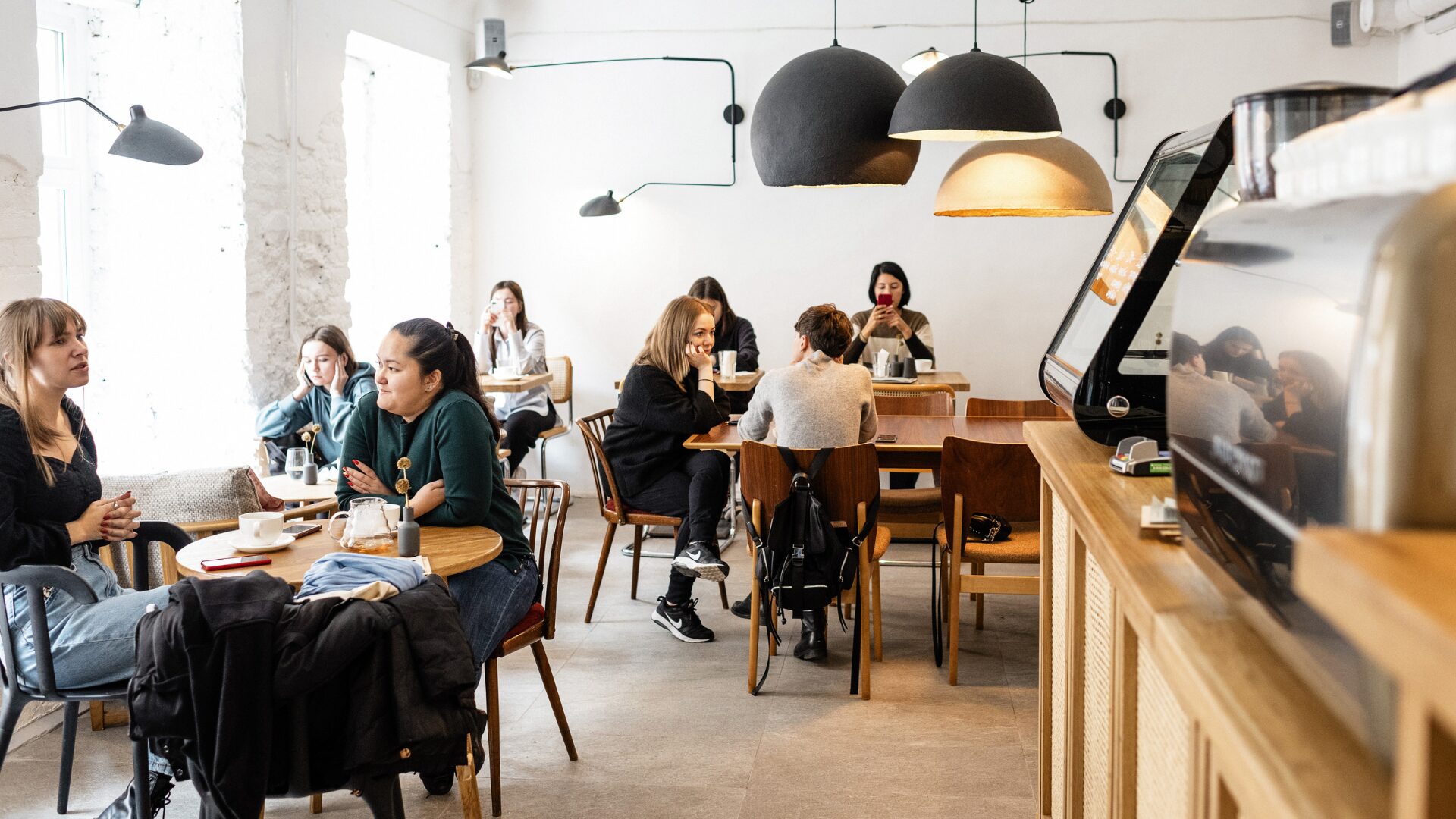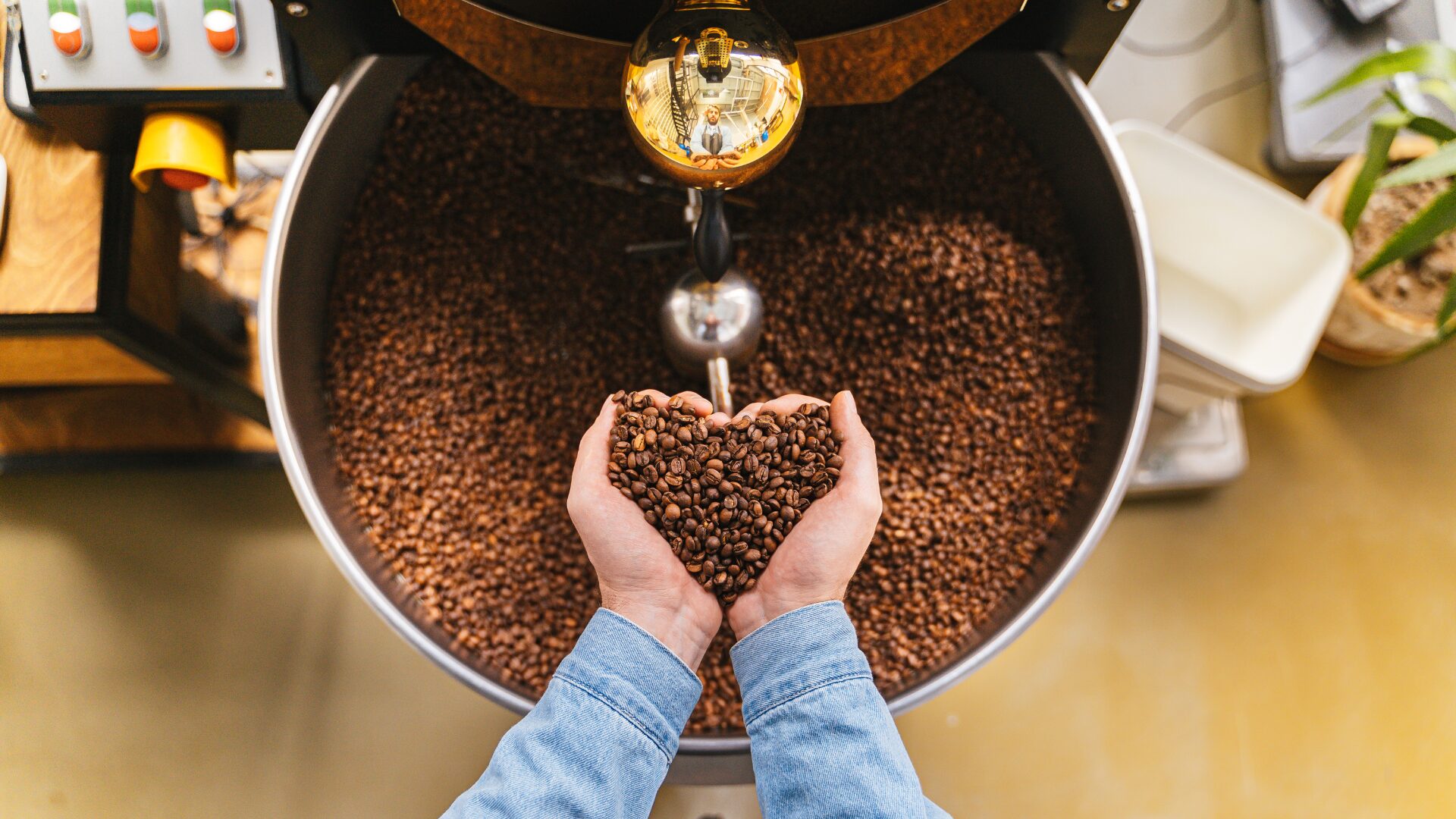The Chinese beverage market, having more or less bested Starbucks’ attempts to win over its consumers, is now entering U.S. soil, with recent openings of iconic Chinese cafés, such as Luckin Coffee and Cotti Coffee, taking the international battle overseas.
The big question remains: will it work?
Early reports for Luckin look promising for the brand, which opened on June 30 with two New York City locations. The cashier-less coffee shop prioritizes convenience with a self-described “technology-driven retail model,” reported Fast Company. Chinese-native Cotti Coffee also recently opened its first mainland U.S. location in the city after a foray in Hawaii, competing with Starbucks on cheaper price points, however, at a closer margin than in China.
“New York is probably culturally the best testing ground for an international brand to expand into, especially a Chinese one,” Danilo Gargiulo, Bernstein senior analyst, told CNBC while discussing the city’s diversity and large base of young consumers.
On the other hand, Brian Niccol’s play for Starbucks is about “reclaiming the ‘third place’” by prioritizing human connection, ceramic mugs for in-store shoppers, and a comfortable environment.
Two strategies to cater to today’s consumer, both of which have a stake in current trends. Consumers are bifurcated in what they want out of their personal spaces: 53% of global shoppers see experiences as essential to their personal lives, and 81% are willing to pay a premium for it, while 52% of consumers say they value convenience now more than ever.
When it comes to their favorite coffee shops, the web of consumer preferences becomes more complicated.
The Domestic Battleground
In an April earnings call, Luckin co-founder Guo Jinyi noted the brand’s overseas strategy hinges on “flexible, locally tailored models,” hinting at an aggressive plan that focuses on acquiring additional market share with a hyper-localized strategy.
Additionally, Luckin and Cotti debuted with generous deals, which include $1.99 coffee for first-time Luckin app users and $0.99 coffee for first-time Cotti users, with subsequent offers for loyalty members.
Both chains came out of the gate challenging domestic giants on price. Although not sustainable, these deals bolster same-store sales with a guarantee that new customers will enter, purchase, and hopefully convert to committed devotees.
Gargiulo warned, however, that this tactic comes with risk.
“If it’s perceived as being only a touristy or exotic adventure, then it’s not going to become part of your day-to-day consumption, it’s not going to become part of your morning routine,” he said.
It is true that both chains feature a lineup of inventive, out-of-the-box brews, such as Luckin’s fruit-infused Americanos and Cotti’s fruity lattes.
Luckin, however, is compounding its strategy with a health focus, catering to consumers who are becoming increasingly concerned with nutrition and intake. Each beverage is given a “nutri-grade” depending on the sugar content to provide transparency into its makeup.
The café chain also competes with Starbucks’ “third-wave coffee” focus, with international acclaim on its specialty coffee brewing methods and sourcing practices. Its menu features a flat white, for example, that was developed in consultation with 2014 World Barista Champion Hideroni Izaki. The lineup also features single-origin coffees and other specialty practices.
This comes at a good time: a recent report from the Specialty Coffee Association found that 46% of Americans have had specialty coffee in the past day, up 84% from 2011. This shift signals consumers care more about their specialty, inventive brews.
The International War
While the domestic battle heats up, the Chinese front continues to develop, especially for Starbucks, a brand that has resorted to additional tools for competition.
Most recently, the American chain cut prices on over a dozen beverages by the equivalent of $0.70 to appeal to summertime Chinese consumers. A report from Bloomberg noted that the decision brings it closer to achieving price parity with legacy café chains in the country.
The chain even took to social media to advertise the “accessible” price points.
This strategy also diverges from its historic premium-price positioning in the country, signaling an urgency to resurrect its wavering same-store sales results. The chain has long since indicated its failure in the region, noting its desire to work with Chinese businesses to help support its growth in the region. Most recently, a report from CNBC detailed a process wherein Starbucks is evaluating offers and other proposals to decide the future of Starbucks China, with three people close to the matter confirming valuations as much as $10 billion.
Despite these purchase talks, Starbucks doubled down on its intention to continue to influence the region.
“We remain committed to China and want to retain a meaningful stake in the business. Any deal must make sense for Starbucks’ business and partners,” said a spokesperson.
The chain’s market share dropped 14% from 34% since 2019, according to reports, indicating shifting consumer sentiments in the country that Starbucks may not be equipped to fully address. Lessons learned from other similar chains indicate the growing need for convenience, experience, and personalization, all of which Chinese automated formats are primed to address more readily.
Hopefully, however, price parity may be the gateway to understanding the modern Chinese shopper.
The Food Institute Podcast
It’s a big world out there – what trends are percolating on the global scene? JP Hartmann, director of Anuga, joined The Food Institute Podcast to discuss the intersection of U.S. and international trends and how the Anuga show is one not to miss.





